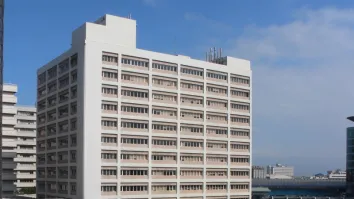
Hong Kong's sickly public healthcare system reaches breaking point
Despite accounting for 90% of the city’s patients, public hospitals only employ 40% of the SAR’s doctors.
The city’s public healthcare system has long borne the weight of Hong Kong’s rapidly ageing population by providing near-free and comprehensive healthcare service to 90% of local residents despite only employing 40% of available doctors, according to BMI Research.
Such a trend is clearly not sustainable when set against the fact that the number of elderly are expected to account for over a fourth of the population by 2036. This makes it doubly hard for public hospitals grappling with massive demand on a daily basis with BMI estimating the understaffing shortage at around 700 nurses and 250 doctors. The city's average ratio of nurses per patient is also at a dismal 1 is to 11.
Private hospitals, on the other hand, service the remaining 10% of the population whilst employing much more doctors at 60%.
“As such, Hong Kong's public hospitals face human resource constraints to meet the greater demands from its ageing population. This along with the chronic underfunding within Hong Kong’s public healthcare system will continue to undermine access to care, posing risks to multinational pharmaceutical firms’ revenue growth prospects,” BMI said in a report.
It comes as no surprise that Hong Kong is shifting the burden from the sickly public healthcare system to private healthcare providers in anticipation of rising demand for such services, fueling the segment’s positive growth trajectory. The private sector which currently accounts for 52.2% of total healthcare spending is expected to rise to 54% by 2027, according to BMI.
Also read: Hong Kong medical inflation to hit 8.4% in 2018
Key international players like SIngapore-based Parkway Pantai and Malaysian hospital operator IHH Healthcare have already moved into Hong Kong to capitalise on the growth trend, BMI observed.
“With the country’s economy expected to grow and incomes expected to steadily rise, per capita spending is also forecasted to increase, raising the demand for private healthcare amongst the population.”



















 Advertise
Advertise





